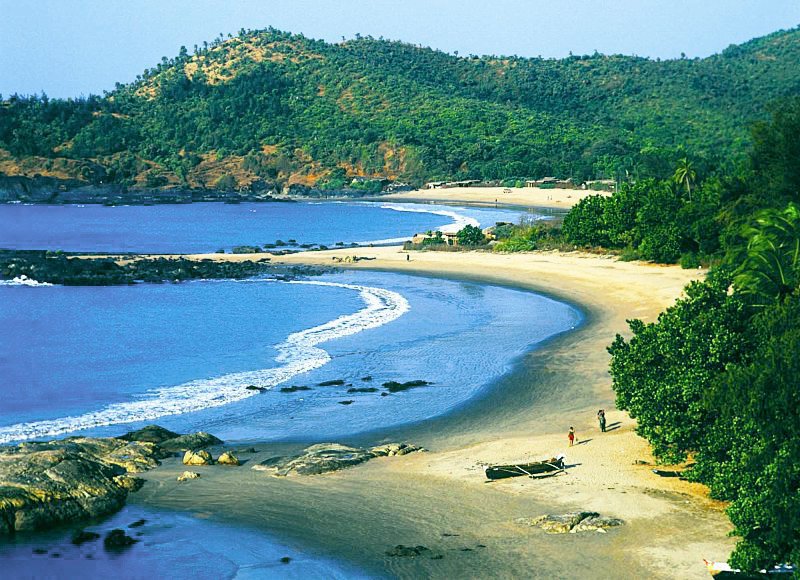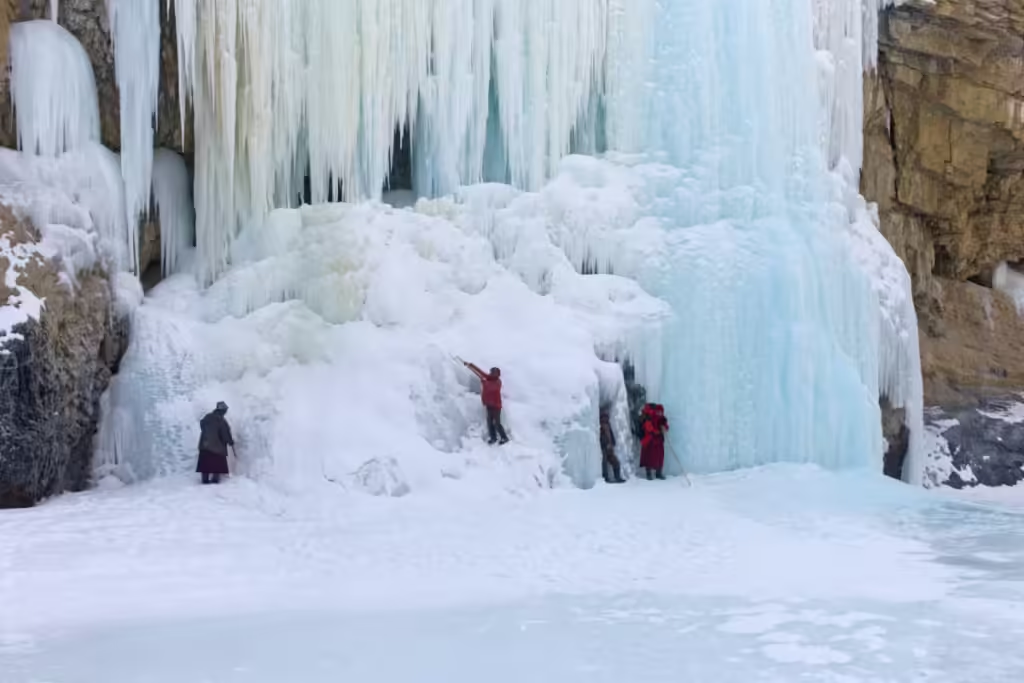📸 Travel and Photography: Capture the World, Frame the Memories (2025 Guide)
🌍
Travel lets us explore new places. Photography lets us remember them forever.
Whether you’re wandering through ancient streets, standing at the edge of a cliff, or sipping chai at a mountain café—every travel moment has a story. With a camera (or even a smartphone), you can freeze that magic in a frame.
In this guide, we’ll talk about how travel and photography go hand-in-hand, what gear you need, how to take better travel photos, and the best destinations in 2025 for travel photography. You’ll also get practical tips to edit, share, and even earn from your photos.
Let’s dive into the art of capturing the world through your lens!
📸 Why Travel and Photography Are the Perfect Match
1. Every Place Has a Story
From the streets of old cities to the silence of deserts, every destination has a mood, color, and rhythm. Photography helps you capture that vibe—not just for Instagram, but for your soul.
2. Photos Bring Back Emotions
A good photo isn’t just a picture—it’s a feeling. The scent of rain in the hills, the warmth of sunset on your face, the laughter of strangers you met once. One shot can bring it all back.
3. It Makes You See Differently
When you travel as a photographer, you start noticing the tiny details: textures, reflections, shadows, smiles. It trains your eye to see beauty in the ordinary.
4. You Share the World
Your photos can inspire others to travel, understand cultures, and appreciate nature. You’re not just taking pictures—you’re telling stories that matter.

🎒 Essential Travel Photography Gear (Beginner to Pro)
You don’t need to buy expensive cameras right away. Start simple. Here’s a list based on skill level and travel type:
🟢 Beginner (Phone Photographers)
- Smartphone (iPhone or Android with good camera)
- Mini tripod or selfie stick
- Clip-on lens (for wide or macro shots)
- Photo editing apps: Snapseed, Lightroom Mobile
🟡 Intermediate (Travel Enthusiast)
- Mirrorless camera (like Sony Alpha or Canon M50)
- 18-55mm kit lens (versatile for most shots)
- Extra batteries and SD cards
- Basic camera bag + microfiber cloth
- Lightroom or VSCO for editing
🔴 Pro-Level (Content Creators)
- DSLR or high-end mirrorless (Canon R6, Sony A7 IV)
- Prime lenses (50mm for portraits, 16-35mm for landscapes)
- Drone (DJI Mini 4 Pro or Air 3)
- External hard drive for backups
- ND filters, gimbal, external mic (for video creators)
👉 Tip: Keep your gear lightweight if you’re backpacking or hiking!
📷 Top Travel Photography Destinations (2025 Picks)
Looking for photogenic places this year? These destinations are stunning and safe for travelers and photographers:
🌸 Japan (Cherry Blossoms & Culture)
Capture ancient temples, neon-lit streets of Tokyo, and sakura blooms in Kyoto.
🌄 Peru (Nature & History)
Photograph Machu Picchu at sunrise or colorful markets in Cusco.
🌊 Iceland (Raw Landscapes)
From waterfalls and glaciers to northern lights, Iceland is a paradise for photographers.
🇮🇳 India (Colors & Chaos)
Rajasthan’s forts, Varanasi’s ghats, Kerala’s backwaters—India is a visual feast.
🇮🇹 Italy (Art, Architecture & Food)
Venice canals, Tuscany’s rolling hills, and Rome’s ancient ruins—every corner is postcard-perfect.
🌍 Bonus: Morocco, Vietnam, South Africa, and New Zealand are rising stars for 2025 travel photography.
💡 How to Take Better Travel Photos (Simple Tips)
You don’t need a photography degree. These easy tips can instantly improve your shots:
1. Use Natural Light
Golden hour (early morning or just before sunset) is perfect for warm, soft lighting. Avoid harsh noon light unless you’re shooting shadows or silhouettes.
2. Follow the Rule of Thirds
Imagine your frame is divided into 9 equal boxes. Place your subject on the intersections, not the center. It adds balance and interest.
3. Tell a Story
Don’t just shoot monuments—capture people, food, signs, smiles. What makes the place feel alive?
4. Change Perspectives
Get low, climb high, shoot from behind, or frame through windows. Move around to find unique angles.
5. Focus on Details
Textures, hands, street signs, and close-up shots can say more than wide landscapes.
6. Use Leading Lines
Streets, bridges, railways—they guide the eye into the photo and add depth.

🧠 Editing Travel Photos (Without Overdoing It)
Editing enhances your photos—but keep them natural and meaningful. Here’s a simple flow:
Basic Edits to Focus On:
- Brightness & Contrast – Fix dark or flat images
- Crop & Straighten – Remove distractions, straighten the horizon
- Color Correction – Warm or cool tones to match the mood
- Sharpening – Add clarity but don’t overdo
Best Tools for Editing:
- Mobile: Snapseed, Lightroom Mobile, VSCO
- Desktop: Adobe Lightroom, Photoshop, Luminar
👉 Tip: Use presets (filters) as a base, but tweak to make them your own.
📱 Sharing Your Travel Photos Online
If you love your photos, share them! You can inspire others and build a community.
Best Platforms:
- Instagram – Great for building a travel audience
- Pinterest – Amazing for blog traffic & discovery
- 500px / Unsplash – For serious photographers
- Facebook Groups / Reddit – Get feedback and meet other travelers
Caption Tips:
- Tell a mini story or memory
- Use hashtags like #travelphotography, #wanderlust, #earthpix
- Tag locations and people for more reach
💼 How to Make Money from Travel Photography
If you’re serious about turning your hobby into income, here are options:
1. Sell Prints or Digital Downloads
Use platforms like Etsy, SmugMug, or your own website to sell.
2. Stock Photography
Upload your best photos to Shutterstock, Adobe Stock, or iStock.
3. Work with Brands or Tourism Boards
Once you grow your audience, brands may pay for photo content or social media promotions.
4. Start a Travel Blog
Combine your photos with stories, guides, and SEO. You can earn through ads, affiliates, and photography courses.

🧭 Travel Photography Etiquette & Responsibility
Great photos are important—but respect comes first.
- Always ask for permission before photographing people, especially in local communities
- Don’t disturb animals or nature for a shot
- Avoid drones in no-fly zones (temples, nature reserves, airports)
- Be aware of local laws and cultural sensitivities
- Leave no trace—carry your waste, protect the environment
